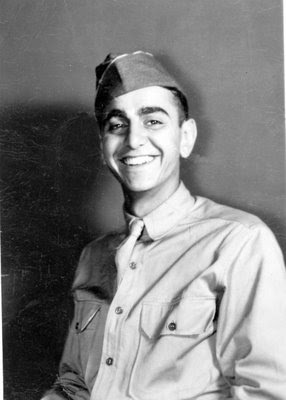Over the years, I have used Adobe Illustrator to create the full size patterns I sell. The pattern is drawn by hand on a piece of paper then scanned into my computer. Once in the computer as a line drawing, I am able to open it in Illustrator and enlarge it. From there I tweak the drawing, add borders, and when satisfied with the result take my completed file to Kinko's where they print the pattern on their oversize printer. I then am able to reproduce the pattern using a light box on to whatever foundation material I choose. The pattern can be used over and over again. In addition, Illustrator is useful in letting me place colors on the completed pattern to color plan a rug.
This can also be accomplished in Photoshop. Photoshop offers many other choices when working with a pattern. For instance, a photo can be scanned into Photoshop and enlarged to size. Once in the program, filters can be applied to help with shading, provide special effects, and expand the possibilities of creating a good design from a photo.
Because it is Father's Day weekend, I'll use a photo of my father taken during World War II.

After I open the photo in Photoshop, I can apply different filters for different effect. For example, here is an effect called poster edges that has been applied to the photo:
 You can see that tracing this photo would be much easier and shading becomes a little more apparent.
You can see that tracing this photo would be much easier and shading becomes a little more apparent.The next photo shows the effects of "cross hatching." Again shading becomes more simplified.

As you can see from the above examples, Photoshop offers a myriad of possibilties to change your photos into images that are more useful for the rug hooker. Because these are black and white photos, the palette would be limited to shades of gray, although it is possible to change the photo to a color representation. At that point, the color possibilties become endless.
Once you have gotten a photograph into a condition that is pleasing to you, Illustrator can then be used to add other graphics, such as borders and type. I realize that these are expensive programs, but if you become serious about designing your own rugs, these tools can certainly expand your horizons!
No comments:
Post a Comment